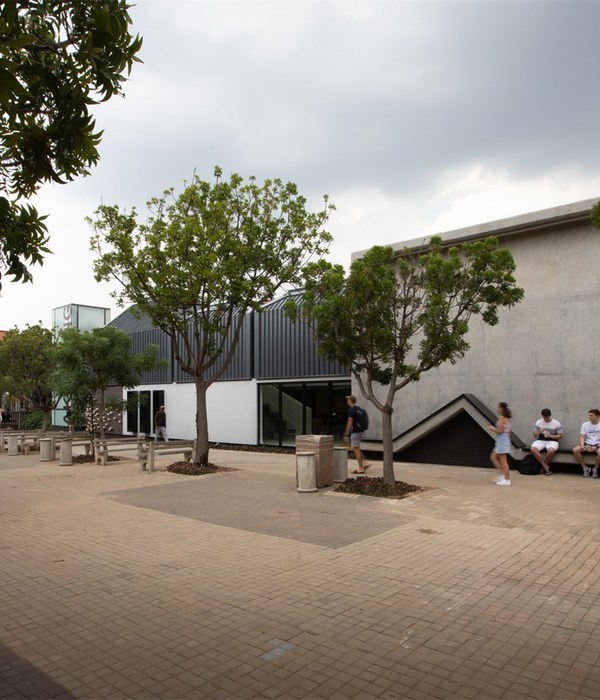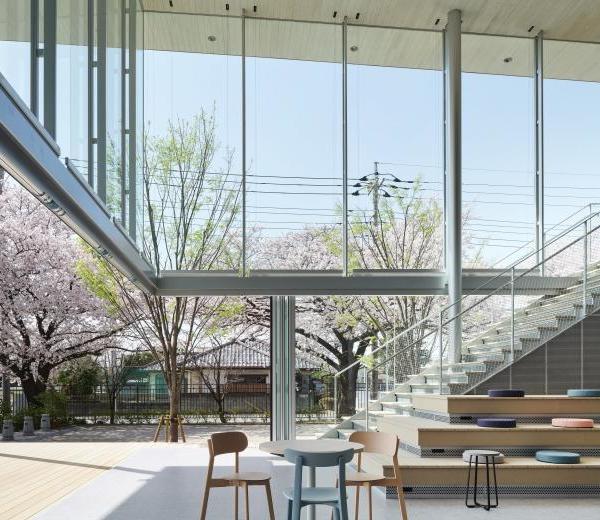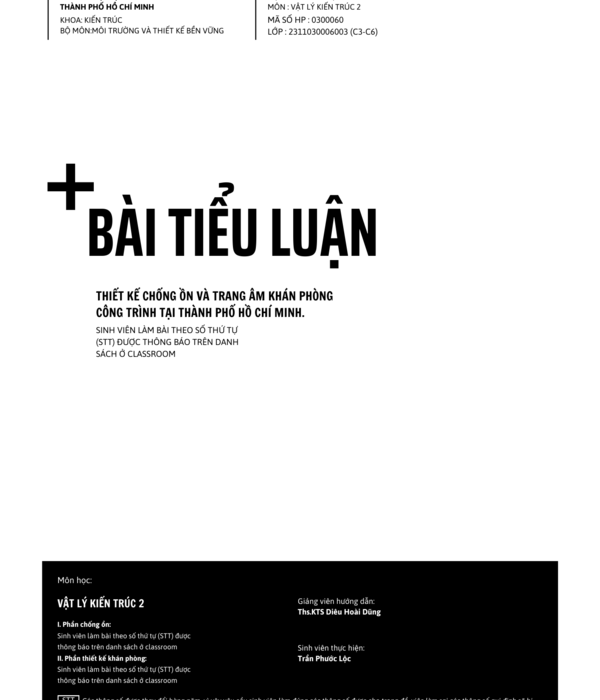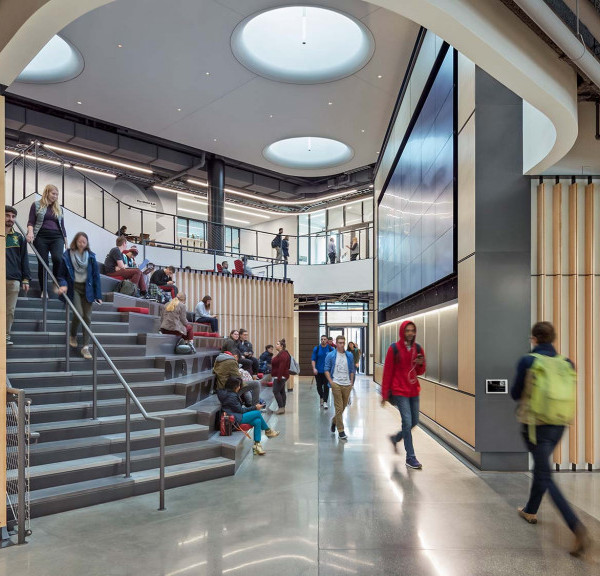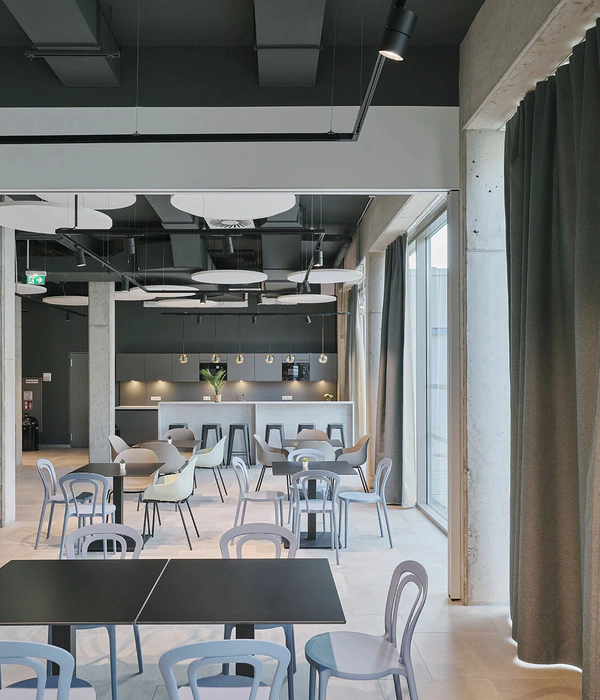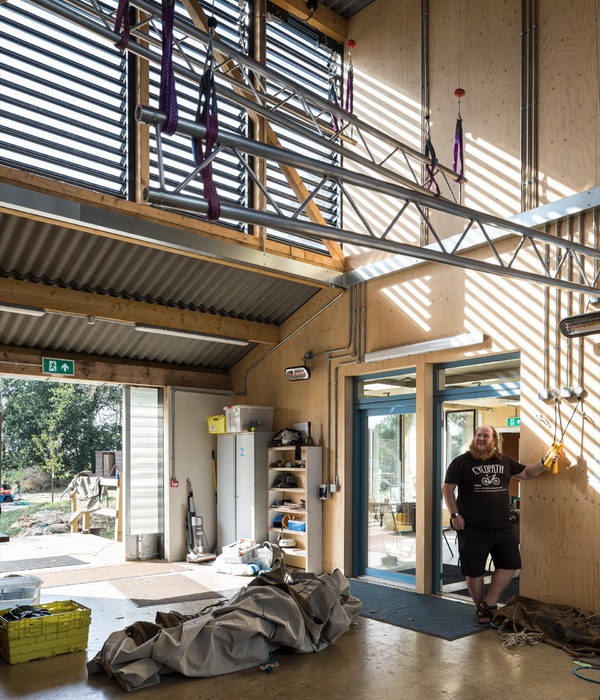The Ranzi Palace is located in the historic center of Trento and it is one of the most important town’s buildings, thanks to the neo-Renaissance proportions and the beautiful terracotta decorations that adorn the facades. The palace was built in 1862 by Francesco Ranzi, enlightened entrepreneur, at the site of a sumac mill and before a Romanesque tower. The main facade overlooks the Piazza S. Maria Maggiore, whereas the secondary, which is also narrower, faces the Via A. Rosmini. The Ranzi Palace’s popular name, palaz da le teste, derives from the presence of fifteen terracotta reliefs of the sculptor Andrea Malfatti, representing the most celebrated artists and intellectuals from the Renaissance to the late nineteenth century in Trentino. The facade consists of four levels, the height of which decreases as you go up: it is divided vertically by pilasters, thereby creating a symmetry, which highlights the main entrance to the city center, decorated by a more sophisticated ornamentation than others. On the ground floor there are round-arched doors, on the first and second floor round-arched lancet windows, while, on the top floor, still mullioned windows, but low arched. As a crowning achievement, under the lintel, there are some oculi, in line with the openings on the lower levels. The restoration work, also supported by an archive historical research, implied, in particular, the restoration of plasters, cleaning, consolidation and protection of the sculptures and stones. Noteworthy are the faux marble friezes discovered on the facade in front of the Piazza S. Maria Maggiore, on the ground floor, around the heads in terracotta reflections of the arches, and along Via A. Rosmini, in the entablature of the eaves.
[IT]
Palazzo Ranzi si trova nel centro storico di Trento ed è uno degli edifici più importanti della città, grazie alle proporzioni neorinascimentali e alle pregevoli decorazioni in terracotta che ne ornano la facciata. Il palazzo venne costruito nel 1862 da Francesco Ranzi, imprenditore illuminato, sul luogo ove sorgeva un mulino del sommacco e ancor prima una torre romanica. Il prospetto principale affaccia su piazza S. Maria Maggiore, mentre il secondario, più stretto, su via A. Rosmini. Palazzo Ranzi deve il suo nome popolare, palaz da le teste, alla presenza di quindici altorilievi in terracotta dello scultore Andrea Malfatti, raffiguranti i più celebri artisti ed intellettuali trentini dal Rinascimento a fine Ottocento. La facciata consta di quattro livelli la cui altezza diminuisce man mano che si sale: verticalmente è suddivisa da paraste; si crea in tal modo un impianto simmetrico, che evidenzia il portone principale, al centro, caratterizzato da un ornato più elaborato degli altri. A piano terra vi sono portoni ad un fornice con arco a tutto sesto, al piano primo e secondo bifore a tutto sesto, mentre nell’ultimo piano ugualmente bifore, ma a sesto ribassato. A coronamento, sotto l’architrave, vi sono degli oculi, in asse con le aperture dei piani sottostanti. Il restauro conservativo, supportato anche da una ricerca storica d’archivio, ha riguardato, in particolare, il ripristino degli intonaci, la pulitura, il consolidamento e la protezione delle sculture e delle pietre. Degni di nota sono i fregi a finto marmo rinvenuti nella facciata di piazza S. Maria Maggiore, a piano terra, attorno alle teste in terracotta nelle specchiature degli archi, e su via A. Rosmini, nella trabeazione di sottogronda.
{{item.text_origin}}





